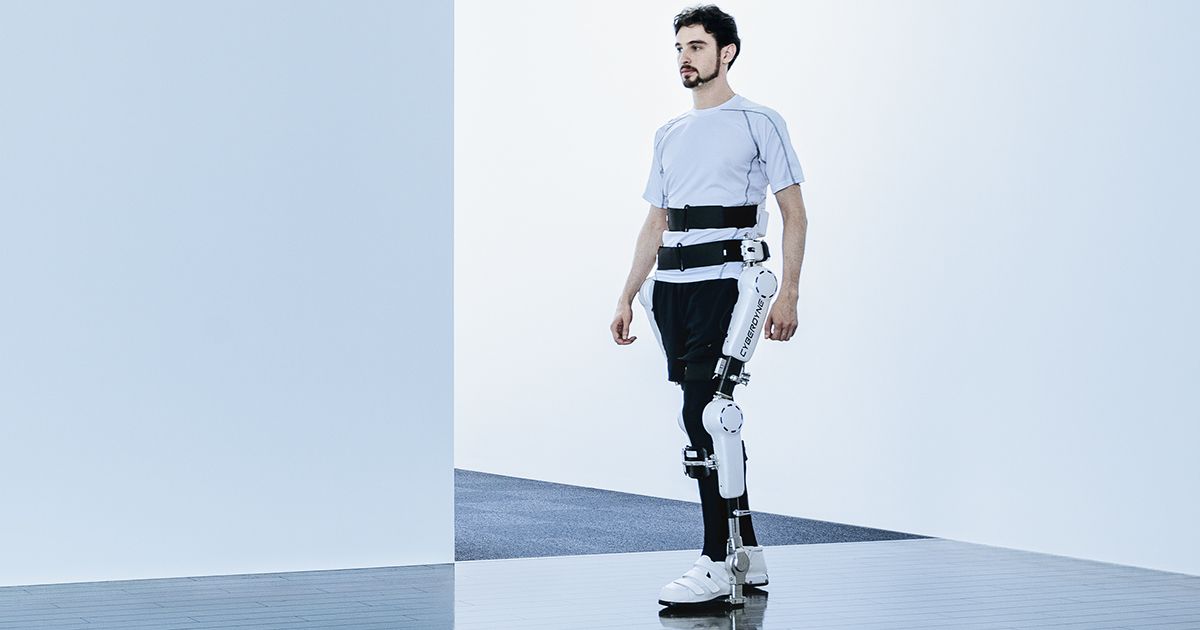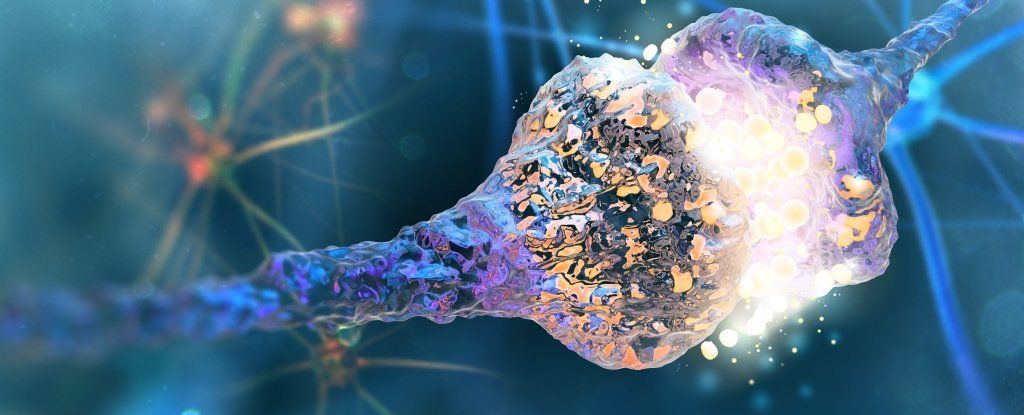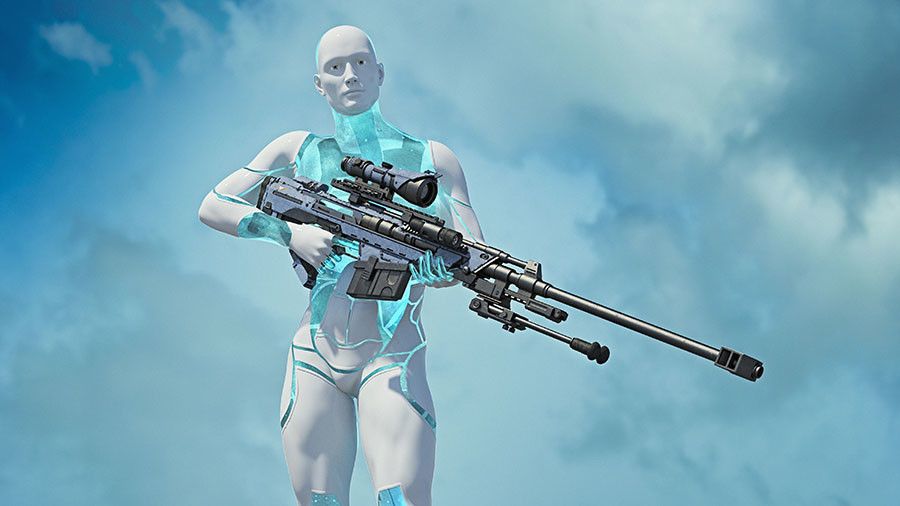Page 10365
Jan 24, 2018
Rocket Lab unveils ‘Humanity Star’ – a shiny satellite you can see in space
Posted by Klaus Baldauf in category: satellites

In addition to launching three Earth-watching satellites, Rocket Lab has sent up a satellite you can watch from Earth: a bright and shiny object christened Humanity Star.
Rocket Lab says Humanity Star, a geodesic sphere made of carbon fiber with 65 reflective panels, could well rank as the brightest satellite in the night sky.
Continue reading “Rocket Lab unveils ‘Humanity Star’ – a shiny satellite you can see in space” »
Jan 24, 2018
Embrace performance-enhancing drugs and technology in sport
Posted by Zoltan Istvan in categories: biotech/medical, transhumanism
 As we hear more and more about the upcoming Winter #Olympics in a few weeks, let’s remember the idea for a future Transhumanist Olympics: http://www.sfchronicle.com/opinion/openforum/article/Embrace…211040.php #transhumanism
As we hear more and more about the upcoming Winter #Olympics in a few weeks, let’s remember the idea for a future Transhumanist Olympics: http://www.sfchronicle.com/opinion/openforum/article/Embrace…211040.php #transhumanism
The 2016 Paralympics, which began this week in Rio de Janeiro, is bringing together 4,500 athletes to compete in 23 sports from wheelchair fencing to swimming to hand biking.
Jan 24, 2018
Cyberdyne’s Medical Exoskeleton Strides to FDA Approval
Posted by John Gallagher in categories: biotech/medical, cyborgs, robotics/AI

Cyberdyne, the Japanese robotics company with the slightly suspicious name, has just gotten approval from the U.S. Food and Drug Administration (FDA) to begin offering its HAL (Hybrid Assistive Limb) lower-body exoskeleton to users in the United States through licensed medical facilities. HAL is essentially a walking robot that you strap to your own legs; sensors attached to your leg muscles detect bioelectric signals sent from your brain to your muscles telling them to move, and then the exoskeleton powers up and assists, enhancing your strength and stability.
Users in the United States can now take advantage of this friendly exoskeleton to help them with physical rehabilitation.
Continue reading “Cyberdyne’s Medical Exoskeleton Strides to FDA Approval” »
Jan 24, 2018
Does living forever sound ideal? These 5 new books will change your mind
Posted by Derick Lee in category: life extension
That wisdom from Ecclesiastes is the theme of five new novels, which, if they did not give me a taste of immortality, at least made me feel like the week would never end. The coincidence of their arrival is a little creepy, but it suggests the growing relevance of this subject for a generation reviewing itineraries to the undiscovered country with deep ambivalence. In shades of comedy and tragedy, realism and fantasy, these contemporary authors dig up a lot of old conceits and, like Dr. Frankenstein, zap them to life with mixed results.
The dark side of immortality: “How to Stop Time,” “Eternal,” “The Immortalists,” “Immortal Life” and “The Afterlives.”
Jan 23, 2018
MIT Engineers Have Designed a Chip That Behaves Just Like Brain Cell Connections
Posted by Shane Hinshaw in category: robotics/AI
For those working in the field of advanced artificial intelligence, getting a computer to simulate brain activity is a gargantuan task, but it may be easier to manage if the hardware is designed more like brain hardware to start with.
This emerging field is called neuromorphic computing. And now engineers at MIT may have overcome a significant hurdle — the design of a chip with artificial synapses.
For now, human brains are much more powerful than any computer — they contain around 80 billion neurons, and over 100 trillion synapses connecting them and controlling the passage of signals.
Jan 23, 2018
G’day mate: 1.7-billion-year-old chunk of North America found in Australia
Posted by Genevieve Klien in category: futurism
Rocks recently discovered in Australia bear striking similarities to those found in North America, according to a new study.
Jan 23, 2018
India & Japan combine defense forces in AI, robotics to curb Chinese ambitions
Posted by Klaus Baldauf in categories: existential risks, robotics/AI, transportation
India and Japan have vowed to strengthen their strategic ties by increasing cooperation in the defense, robotics and AI sectors in coming years in response to Chinese regional ambitions and North Korea’s nuclear plans.
“You should expect to see increased bilateral cooperation between us to develop unmanned ground vehicles (UGV) and robotics,”Japanese State Minister for Foreign Affairs Kentaro Sonoura told the Times of India. The move follows the successful ratification of the Indo-Japanese civil nuclear agreement by Japan’s parliament in late 2017.
The two countries are launching a working group on cooperation between nuclear companies. “Japan’s intention is to start this quickly, possibly by the end of this month,” Sonoura said.
Jan 23, 2018
The Hallmarks of Aging: Deregulated Nutrient Sensing
Posted by Steve Hill in category: life extension
As part of our ongoing series covering the hallmarks of aging, we are taking a look at deregulated nutrient sensing today and how these four pathways regulate metabolism and influence aging.
To understand studies on nutrient sensing in the context of aging, let’s introduce four key protein groups. In this post, we’ll explore the pathways they help control and how they affect aging. These key proteins are IGF-1, mTOR, sirtuins, and AMPK[2]. We call these proteins “nutrient sensing” because nutrient levels influence their activity[2].
Jan 23, 2018
Artificial synapses fill the gaps for brainier computer chips
Posted by Klaus Baldauf in categories: computing, neuroscience
Right now, you’re carrying around the most powerful computer in existence – the human brain. This naturally super-efficient machine is far better than anything humans have ever built, so it’s not surprising that scientists are trying to reverse-engineer it. Rather than binary bits of information, neuromorphic computers are built with networks of artificial neurons, and now an MIT team has developed a more lifelike synapse to better connect those neurons.
For simplicity’s sake, computers process and store information in a binary manner – everything can be broken down into a series of ones and zeroes. This system has served us well for the better part of a century, but having access to a whole new world of analog “grey areas” in between could really give computing power a shot in the arm.














